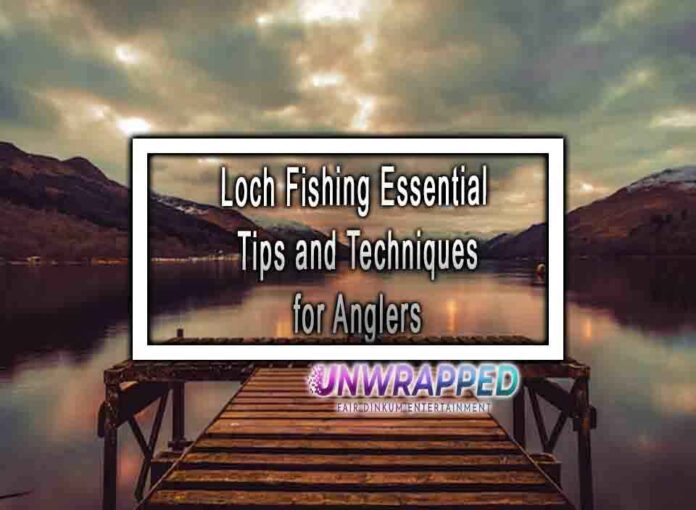Loch fishing, or fishing in Scottish and Irish lakes, offers a unique and rewarding angling experience. Whether you’re a beginner or a seasoned angler, here are some essential tips and techniques for successful loch fishing:
1. Research the Loch:
- Before heading out, research the specific loch you plan to fish in. Learn about the fish species present, the best seasons to fish, regulations, and any local fishing permits you may need.

2. Equipment Selection:
- Choose the right fishing tackle for the type of fish you’re targeting. This may include fly fishing gear, spinning rods, or baitcasting equipment.
3. Study Local Patterns:
- Loch fishing requires an understanding of local fish behavior and feeding patterns. This can vary depending on the loch and the species you’re pursuing. Study up on what fish typically eat and when they’re most active.
4. Bait and Lures:
- Select appropriate bait or lures based on the fish species and their preferences. Common baits include worms, insects, and fish eggs. For lures, consider spinners, spoons, and flies.
5. Knot Tying:
- Learn and practice essential fishing knots for securing hooks, lures, and swivels. Knots like the improved clinch knot and loop knots are often useful in loch fishing.
6. Casting Techniques:
- Depending on the type of fishing you’re doing, practice your casting techniques. Fly fishing involves more delicate casts, while spinning or baitcasting may require longer and more forceful casts.
7. Use Live Bait Sparingly:
- If using live bait, use it in moderation. Overusing live bait can negatively impact the local fish population. Consider catch and release practices for conservation.
8. Pay Attention to Weather:
- Loch fishing can be highly weather-dependent. Changes in wind, temperature, and barometric pressure can affect fish behavior. Learn to read the water and adapt your tactics accordingly.
9. Stealth and Quiet:
- Loch fish can be sensitive to vibrations and disturbances. Approach your fishing location quietly and avoid excessive noise that could spook the fish.
10. Patience and Observation:
Loch fishing often requires patience. Observe the water’s surface for signs of fish activity, like rising bubbles or ripples. Pay attention to the direction of the wind and any natural food sources.
11. Safety First:
– Ensure your safety by wearing appropriate clothing and gear. Lochs can be remote, and the weather can change rapidly, so be prepared for different conditions.
12. Responsible Fishing:
Follow local regulations and practice catch and release if necessary to protect the fish populations in the loch. Be respectful of the environment and fellow anglers.
13. Local Knowledge:
Consider hiring a local guide if you’re new to loch fishing or the area. They can provide valuable insights and help you navigate the waters effectively.
Loch fishing can be a tranquil and rewarding experience, allowing you to connect with nature while pursuing a variety of fish species. Remember that success in loch fishing often comes with practice, patience, and an understanding of the unique characteristics of the loch you’re fishing in.











